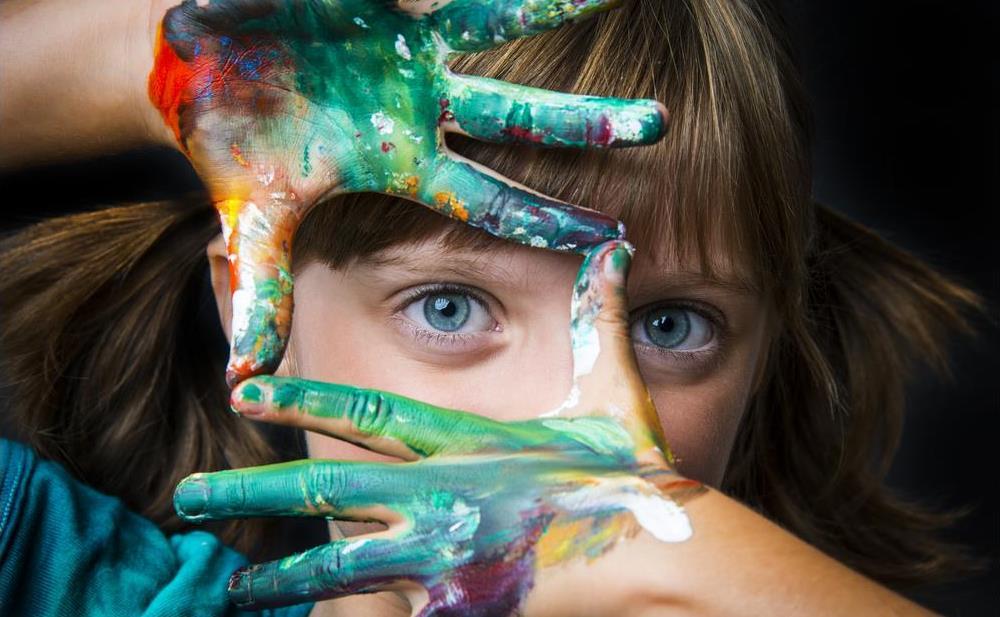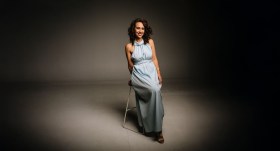A new initiative by the Andrews Labor Government will see more than 150 artists from across a range of disciplines undertake a paid, six-month residency in government schools across the state.
The Creative Workers in Schools program is designed to create jobs for creative industries professionals, including visual artists, designers, musicians, filmmakers and writers, whose employment opportunities have been impacted by the pandemic.
Simultaneously, the initiative will benefit Victorian school students from Prep to Year 10 – and even their teachers – by offering new creative educational experiences linked to curriculum-aligned projects.
Launching the program on Thursday, Victoria’s Minister for Employment, Jaala Pulford, said: ‘One in four creative workers have lost their jobs as a result of the pandemic – we’re giving artists a unique employment opportunity which also offers enormous benefits to Victorian students and teachers.’
The program has been backed by Minister for Education James Merlino, who said in a statement: ‘This will boost the creative offerings in our schools and give students and teachers the opportunity to work with some of our state’s top creative talent.’
Creatives who apply for a placement will be matched with schools based on their skills and goals. They will also receive on-the-job support and mentorship throughout their placement.
Training for the first group of creatives will begin in January with the first placements to start in term one (28 January – 1 April).
Training will be designed to prepare creative professionals for working in schools and with diverse communities, boosting their employability beyond the program.
Minister for Creative Industries Danny Pearson said: ‘This program taps into our rich well of creative talent for the benefit of young Victorians, while giving unemployed creatives a stable period of paid work and training to build new skills for the future.’
A STATEWIDE INTIATIVE
The Creative Workers in Schools program is a partnership between the Department of Education and Training, Creative Victoria, and Working for Victoria, and will be delivered by Regional Arts Victoria.
The program will run in two stages across terms one to three in government schools across the state, with interested schools and artists alike encouraged to contact Regional Arts Victoria before submitting an application.
A similar program already exists in Western Australia but has not been without teething problems, according to independent artist Alex Desebrock, the director and founder of Maybe ( ) Together.
‘As an artist working with children a lot, but in more conceptual ways, I’ve found it really challenging in these models to find opportunities. I’ve found schools have struggled to understand what I do (responsive participatory art that amplifies children’s voices), whereas their focus of a residency was on an outcome: a mural, puppet show or garden. It seems to me there is a potential gap in brokering relationships and between time poor artists and time poor schools,’ Desebrock explained.
‘Through the matching process and project planning phases with this initiative, both you and the creative worker will be supported to develop a concept that meets your curriculum needs, as well as responding the strengths of the creative worker. There will be time to tease out these ideas in the planning, and you won’t be doing it alone,’ he added.
Artists wishing to participate in the program will be required to highlight their creative skills and experience, have demonstrated interest in working with young people and interest or experience in developing and implementing a creative project in a school setting.
‘One in four creative workers have lost their jobs as a result of the pandemic – we’re giving artists a unique employment opportunity which also offers enormous benefits to Victorian students and teachers.’
– Jaala Pulford, Minister for Employment
Applicants will be matched with schools based on a range of factors including proximity to the school, matching of interest in creative projects or project/activity ideas with creative worker skills and experience, and school preferences.
‘For creatives, this is a different process to programs you might have applied for in the past – it’s more like applying for a job then applying for a funding program,’ Toohey explained.
‘We want to know about you, as much as we want to talk about what a project idea might look like,’ he said.
‘When putting in your application through the Working for Victoria platform, make sure you put some time into your profile as we use your response to the selection criteria to help us learn more about you,’ Toohey added.
The program has already been the focus of mild criticism from the Victorian Opposition, with Shadow Education Minister Cindy McLeish – perhaps ignorant of Regional Arts Victoria’s role in delivering the program – expressing concern that the Creative Workers in Schools program would not benefit schools and students outside the Melbourne metro area.
‘All too often with funding announcements the Andrews Labor government forgets about Victorian students living beyond the tram lines,’ McLeish told The Age yesterday.
Toohey responded by saying: ‘It will surprise no-one that Regional Arts Victoria is deeply invested in ensuring these opportunities are available across the state.
‘For this program, there will be three Regional Area Managers working in regional Victoria appointed from January 2021, in addition to two in the city, to support this goal. As we look to the Term 2 intake in particular, these three regional staff will have as part of their remit the goal of reaching out to schools and creatives and encouraging them to apply, as well as supporting those whose project commence in Term 1,’ Toohey concluded.
Visit Regional Arts Victoria to learn more about the Creative Workers in Schools program.





